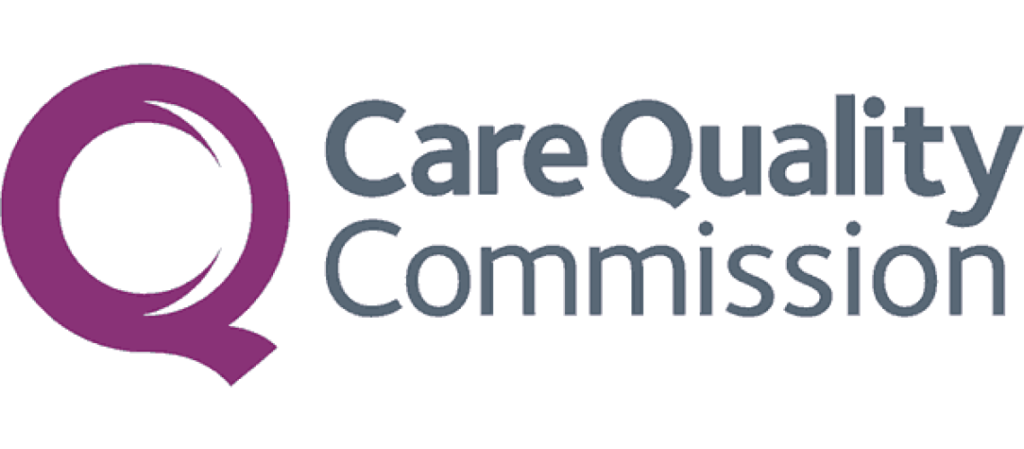Carpal tunnel
Carpal tunnel syndrome is a condition caused by compression of the median nerve as it passes through the carpal tunnel in the wrist.
At a glance
About
Compression can lead to numbness, tingling, pain, and weakness, primarily in the thumb, index, and middle fingers.
Effective
Referrals
Not Needed
Booking
Instant-book option available
Cost
-
Lincolnshire £ 2200
Nature of carpal tunnel treatment
Carpal tunnel treatment focuses on relieving pressure on the median nerve to reduce symptoms and prevent long-term nerve damage. Non-surgical approaches like wrist splints and corticosteroid injections help manage inflammation and ease compression.
For persistent or severe cases, a surgical procedure called carpal tunnel release is performed to cut the transverse carpal ligament, creating more space in the tunnel.
Common causes of carpal tunnel
Carpal tunnel syndrome is commonly linked to pressure on the median nerve, caused by repetitive conditions, such as:
Repetitive hand movements: Frequent typing, manual labour or gripping motions.
Wrist injuries: Fractures or sprains that affect the carpal tunnel structure.
Medical conditions: Diabetes, hypothyroidism, and rheumatoid arthritis.
Pregnancy: Hormonal changes and fluid retention can cause pressure in the tunnel.
Genetics: A naturally smaller carpal tunnel can make some people more prone to the condition.
Diagnosing suitability for carpal tunnel treatment
Diagnosis begins with a physical examination of the wrist and hand to check for signs of nerve compression. Patients often report numbness, tingling, or weakness, especially at night. Provocative tests like Tinel’s or Phalen’s manoeuvres are used to reproduce symptoms.
If needed, nerve conduction studies or EMG testing can confirm the diagnosis and assess severity. Once confirmed, the most suitable treatment is selected based on symptom progression, lifestyle, and how well the patient has responded to initial conservative measures.
Suitable for
Break Up Scar Tissue
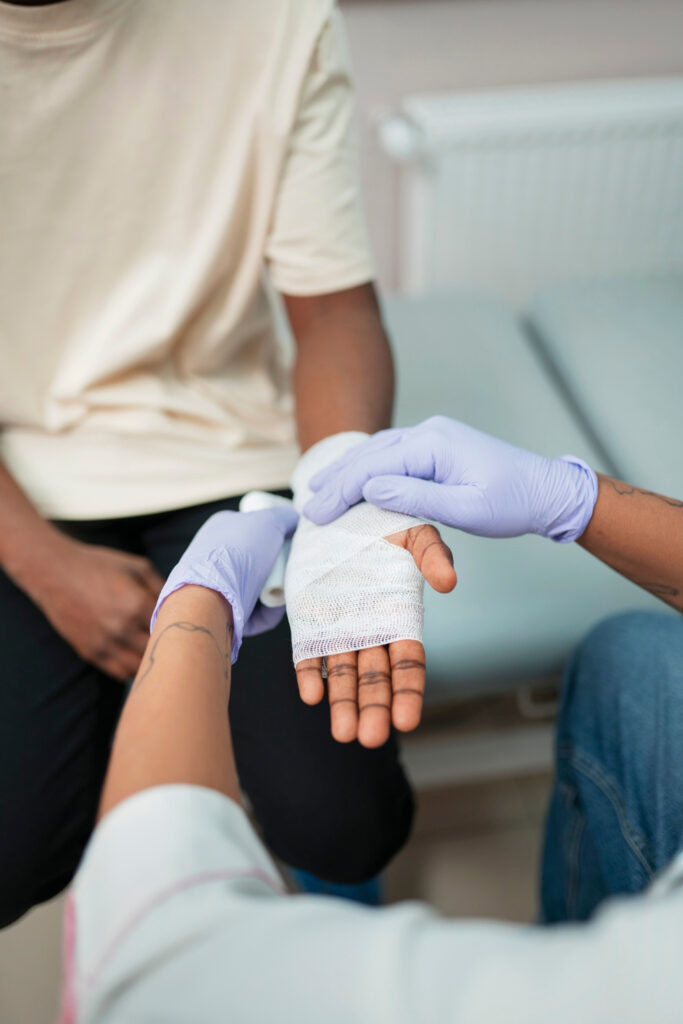
Patients with numbness
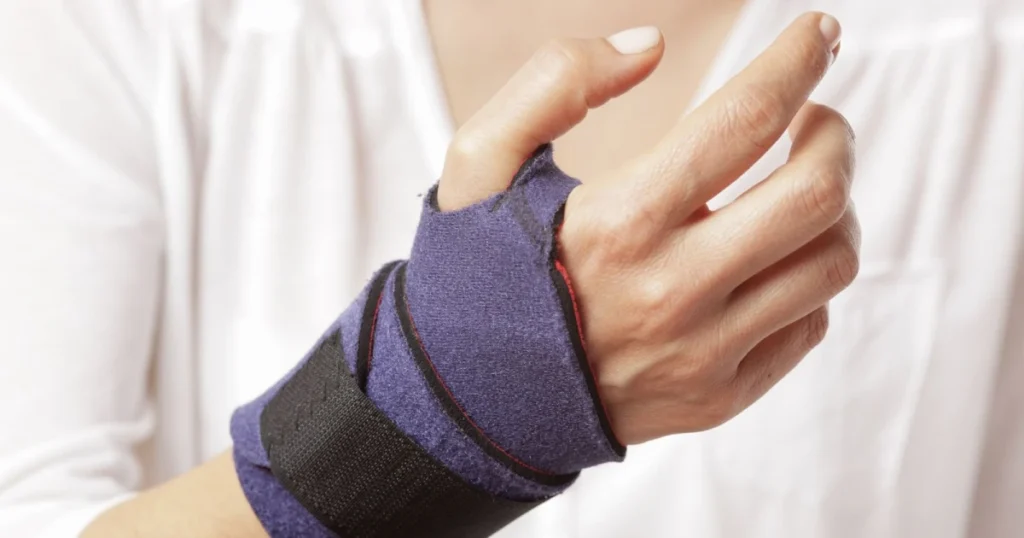
Treatment overview
Carpal tunnel treatment aims to relieve pressure on the median nerve to restore function and alleviate symptoms. For mild to moderate cases, non-surgical methods like wrist splinting, corticosteroid injections, or nerve gliding exercises are used to reduce inflammation and relieve compression.
In more advanced cases, a minimally invasive surgical procedure called carpal tunnel release may be recommended. This involves cutting the ligament that is pressing on the nerve, creating more space in the tunnel. The approach is tailored based on severity and patient response to earlier treatment.
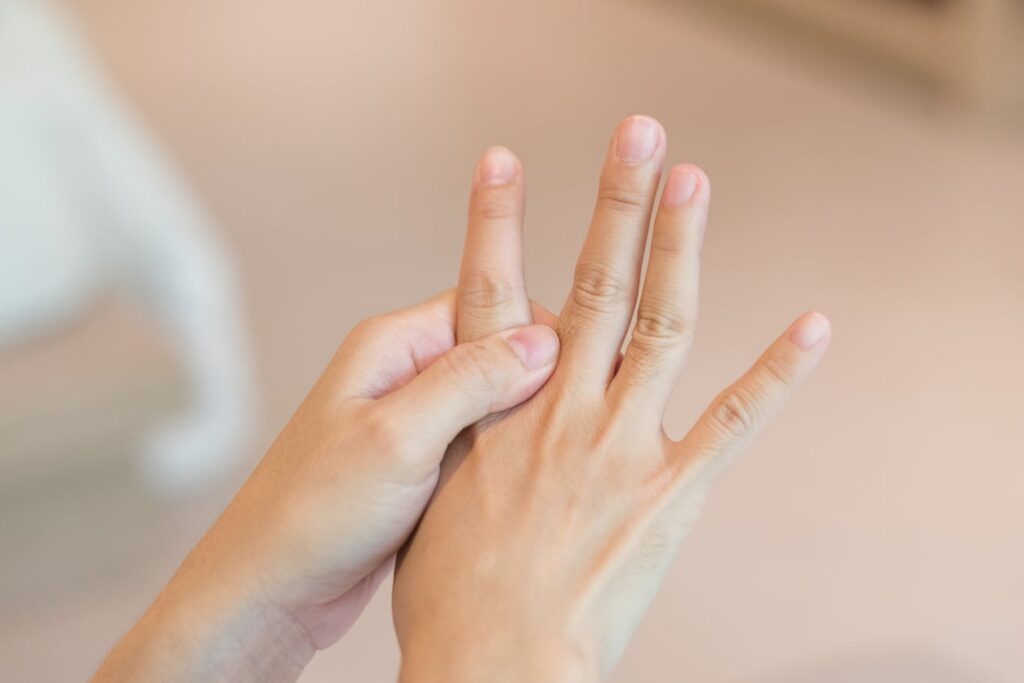
Benefits

Improves grip strength and finger function

Relieves numbness and tingling

Can prevent permanent nerve damage

Minimally invasive surgical options available

Reduces wrist and hand pain
How to Pay
We offer a range of flexible payment options to make your treatment experience smooth and stress-free.
Paying for Yourself (Preferred Option)
Most patients choose to self-fund their treatment. We accept:
- Bank Transfers
- Credit/Debit Cards
- Cash (in person only)
Instalment Plans
We’ve partnered with GoCardless to offer interest-free instalment options. You can easily set up a Direct Debit to spread the cost of your treatment over time.
Finance Options
Looking for a financing plan? You can apply through Kandoo, our trusted finance partner.
- Instant online decision
- No impact on your credit score
- Multiple lenders for competitive rates
Private Medical Insurance (Limited Availability)
We work with a small number of approved insurance providers. However, due to restrictions from many insurers, not all treatments are covered. Please check with your insurer and speak to our team before booking to avoid disappointment.
The booking process
Online booking/call
Use our Calendly to book an initial consultation, or give us a call.
01
Consultation
If you are a new patient, our doctors might arrange a consultation before treatment.
02
Treatment
You will be booked in for treatment.
03
Follow up
Our doctors might arrange a follow-up consultation, to check your response to treatment.
04
Discharge
Once your doctor is happy with your recovery, you will be discharged. After discharge, we are always here for further questions or support, should you need it.
05
Frequently Asked Questions
What are the early signs of carpal tunnel syndrome?
Numbness or tingling in the thumb, index, and middle fingers—especially at night—are early signs.
Is surgery always necessary?
Not always. Many patients respond well to splinting, rest, and steroid injections.
How long is recovery after carpal tunnel surgery?
Most patients return to light activity within a few days and fully recover within 4–6 weeks.
Schedule A Discovery Call With Us
Don’t wait to find relief. Whether it’s a consultation, scan, or treatment, we’re ready to help.


